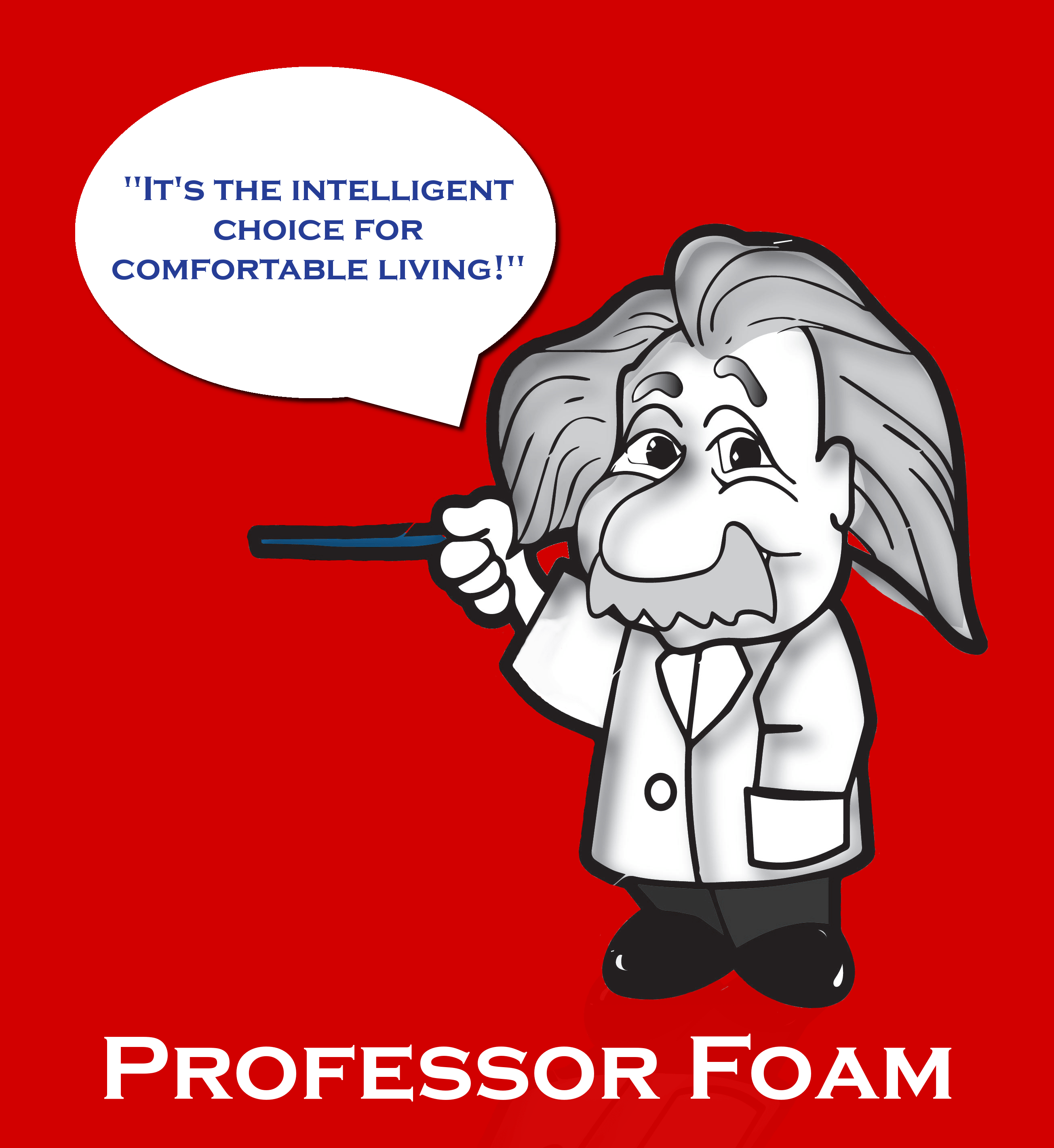Whether you’re building a new home or improving your existing one, choosing the right type of spray foam insulation is crucial for comfort, energy efficiency, and cost savings. This insulation comes in several forms to suit different needs. Let’s explore the different properties of spray foam insulation and what makes it a great solution for your insulation needs.
What is Spray Foam Insulation?
Spray foam insulation refers to a range of spray-applied plastic foam insulation materials used to insulate, seal air leaks, and provide moisture and temperature control in buildings. Spray foam is created by mixing two liquid components together to expand and solidify into a rigid foam plastic material. The spray foam insulation is then applied by professional contractors using special equipment to coat surfaces and fill cavities in walls, roofs, crawlspaces, and other areas.
Understanding Insulation Basics
Insulation works by trapping air or gas in a material to resist conductive heat flow. The trapped air pockets reduce convection, conduction, and radiation between interior and exterior building temperatures. Good insulation slows the transfer of heat energy between materials, helping maintain comfortable temperatures inside a building.
The effectiveness of insulation is measured by its R-value, which indicates the material’s resistance to conductive heat flow. The higher the R-value, the better the insulating performance. Insulation with a higher density generally has a greater R-value per inch.
The Importance of Insulation for Energy Efficiency
Properly insulating a home is one of the most effective ways to improve energy efficiency. Heat loss and gain through poorly insulated walls, attics, basements, and other areas can lead to higher energy costs for heating and cooling.
In addition to energy savings, insulation provides other benefits such as protection against moisture damage, noise reduction, improved indoor air quality, and increased comfort. As energy costs continue to rise, insulation has become an increasingly important component of energy-efficient home construction and retrofitting.
Types of Spray Foam Insulation
Open Cell Foam Insulation
Open-cell spray foam contains a cellular structure with an average of over 50% open space inside each cell. The cells are interconnected to allow air and vapor movement through the material. Open cell foam has a spongy texture and lower density around 0.5 pounds per cubic foot (pcf).
The open-cell foam acts as an air barrier and insulation. It is flexible to fit into building cavities and covers surfaces irregularly. It provides an R-value of around R-3.7 per inch.
Closed Cell Foam Insulation
Closed-cell spray foam has a dense structure with over 90% of closed cells. The compact structure gives closed-cell foam higher strength and rigidity. It has a smooth, plastic-like texture and a density of 1.5-2.5 pounds per cubic foot (pcf).
Closed cell foam acts as insulation and an air and moisture barrier. It has a higher R-value of around R-6-7.4 per inch. It provides structural enhancement and insulation in one product. Closed-cell foam is more expensive than open-cell but works well for exterior applications.
Other Variations and Subtypes
Many different formulations of open-cell and closed-cell spray foam exist. Polyurethane and polyisocyanurate foams are the most common. Manufacturers also produce low-density and lightweight, vapor-permeable, and foams with recycled content or bio-based materials for specialized applications.
Applications of Spray Foam Insulation
Residential Applications for Spray Foam Insulation
In homes, spray foam insulation is commonly installed in exterior walls, attics, crawlspaces, basement walls, and rim joists. It air seals while insulating to minimize drafts, moisture issues, and heat loss or gain.
Unvented attic applications involve spraying open-cell spray foam on the underside of roof sheathing, eliminating the need to ventilate the attic space. This technique can improve efficiency and prevent moisture buildup.
Commercial Applications of Spray Foam Insulation
Spray foam insulation is highly effective for commercial and industrial buildings. It insulates irregularly shaped areas and provides insulation, an air barrier, and vibration dampening in one product. Common applications include walls, roofs, ventilation ducts, and pipes.
Closed-cell foam offers higher R-values for exterior commercial insulation. Low-density foams work well for interior cavity fill and sound deadening. Vapor-permeable foams are used for cold storage and freezer insulation.
Look to Cincinnati RetroFoam for Your Spray Foam Needs
Whether you’re ready to invest in spray foam insulation or need an expert to guide your decision, Cincinnati RetroFoam is here for you. Since 2015, we’ve provided quality workmanship and service in the insulation industry that’s not found elsewhere. In addition to spray foam, we offer blown-in and injection foam insulation services. Whatever your insulation needs, we’re the team for the job. Contact us today to get started.


